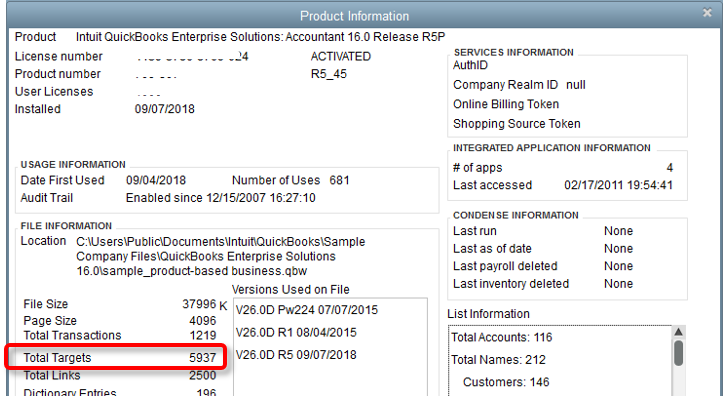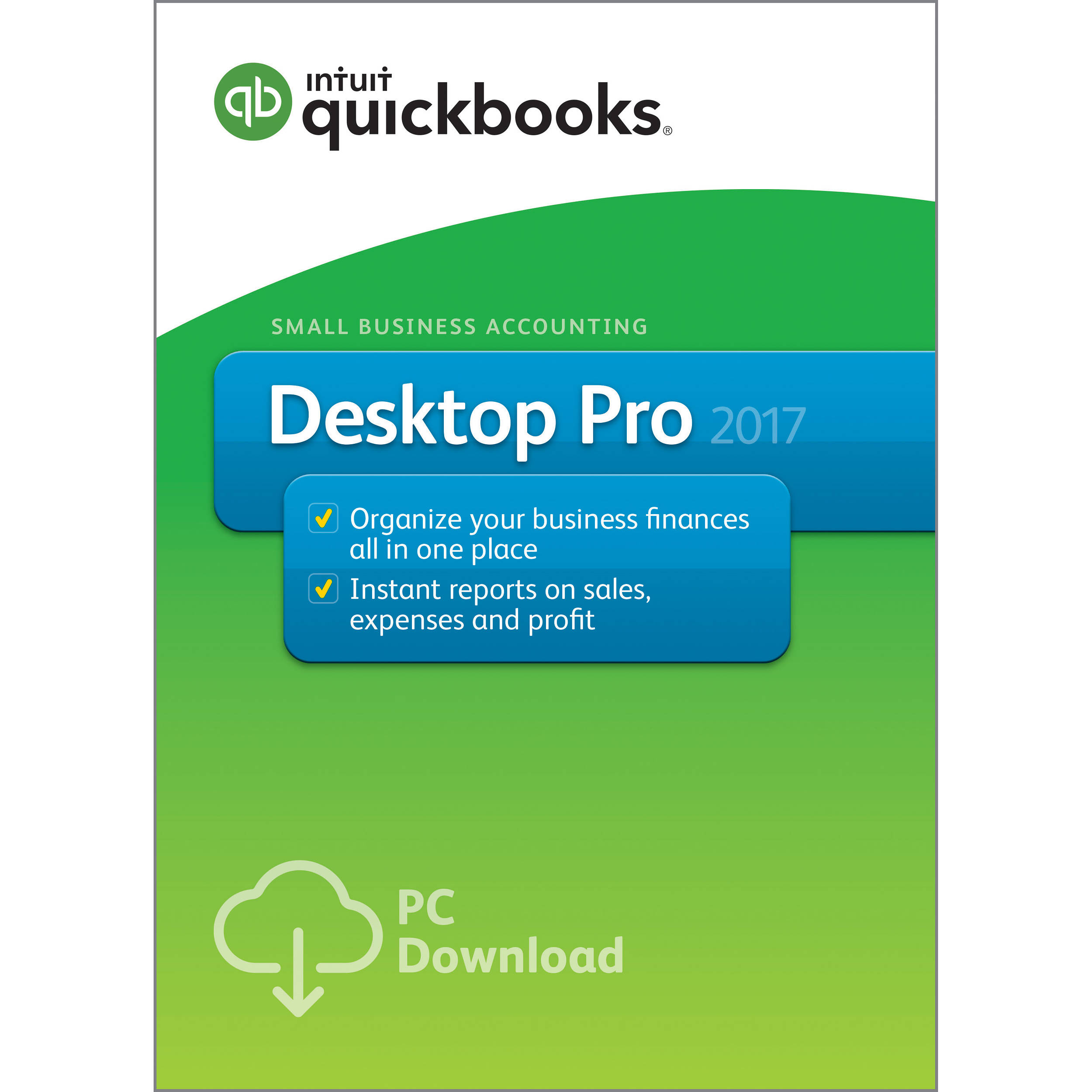
- QUICKBOOKS 2016 FOR MAC INCOMPATIBLE WITH SERVER HOW TO
- QUICKBOOKS 2016 FOR MAC INCOMPATIBLE WITH SERVER PORTABLE
- QUICKBOOKS 2016 FOR MAC INCOMPATIBLE WITH SERVER WINDOWS
If the above solution fails, perform the following: Step 3: Close QuickBooks and try opening the company file Proceed with the next step when the file opens. But if the program opens, try opening a sample company file. If it does not open, resolve the QuickBooks® not opening issue. For this, press the Control key and double-click on the QuickBooks icon to open the program. Verify if the problem is with the file or the program. Step 2: Check if the issue is with company file or QuickBooks program
QUICKBOOKS 2016 FOR MAC INCOMPATIBLE WITH SERVER PORTABLE
However, you cannot open other file types like backup data files (QBB) and portable files (QBM) by using the. For opening a company file (QBW), you need to ensure that the filename ends with ‘.qbw’ extension. QuickBooks® Desktop uses different file types to store data. Step 1: Check the type of file you’re opening Proceed with the steps below if the problem persists. NOTE: Before troubleshooting these steps, make sure you are using the latest updated version of QuickBooks (QB). Perform the following steps in the given order to diagnose and fix the issue:
QUICKBOOKS 2016 FOR MAC INCOMPATIBLE WITH SERVER HOW TO
QUICKBOOKS 2016 FOR MAC INCOMPATIBLE WITH SERVER WINDOWS

Office client app versionĪuthentication behavior with modern authentication turned on for the tenantĪuthentication behavior with modern authentication turned off for the tenant (default) The following table describes the authentication behavior for Office 2013, Office 2016, and Office 2019 client apps when they connect to Skype for Business Online with or without modern authentication. The following table describes the authentication behavior for Office 2013, Office 2016, and Office 2019 client apps when they connect to SharePoint Online with or without modern authentication. Server refuses modern authentication when the tenant is not enabled.įorces modern authentication on 2013, 2016, or 2019. If the server refuses a modern authentication connection, then basic authentication is used.

Office client app versionĪuthentication behavior with modern authentication turned on for the tenant (default)Īuthentication behavior with modern authentication turned off for the tenantįorces modern authentication on Outlook 2013, 2016, or 2019.įorces modern authentication within the Outlook client. The following table describes the authentication behavior for Office 2013, Office 2016, and Office 2019 client apps when they connect to Exchange Online with or without modern authentication. However, explicit action is needed to use legacy authentication.Ĭlick the links below to see how Office 2013, Office 2016, and Office 2019 client authentication works with the Microsoft 365 services depending on whether or not modern authentication is turned on. Office 2016 and Office 2019 clients support modern authentication by default, and no action is needed for the client to use these new flows.

Read How to use Modern Authentication (ADAL) with Skype for Business to learn about how it works with Skype for Business. HKCU\SOFTWARE\Microsoft\Office\15.0\Common\Identity\Version HKCU\SOFTWARE\Microsoft\Office\15.0\Common\Identity\EnableADAL

The keys have to be set on each device that you want to enable for modern authentication: Registry key To enable modern authentication for any devices running Windows (for example on laptops and tablets), that have Microsoft Office 2013 installed, you need to set the following registry keys. For instructions, see Enable Modern Authentication for Office 2013 on Windows devices. In order for these clients to use modern authentication features, the Windows client must have registry keys set. Legacy means that they support either Microsoft Online Sign-in Assistant or basic authentication. Office 2013 client apps support legacy authentication by default. For tenants created before August 1, 2017, modern authentication is turned off by default for Exchange Online and Skype for Business Online.


 0 kommentar(er)
0 kommentar(er)
